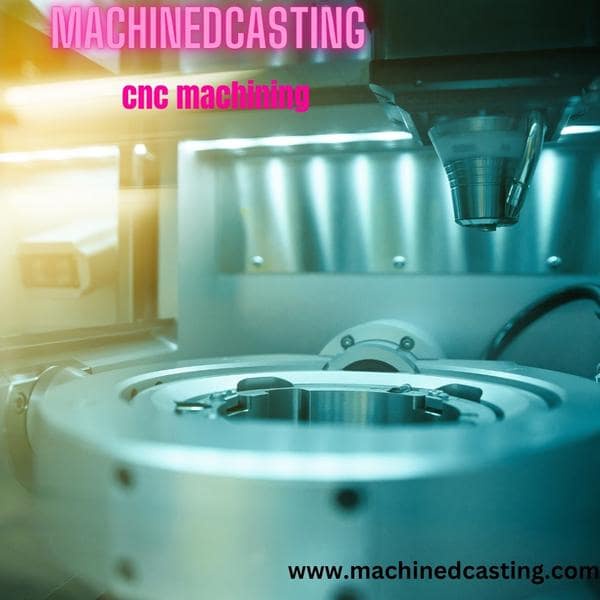CNC machining, short for Computer Numerical Control machining, is a cutting-edge technology that has revolutionized manufacturing processes across industries. This guide aims to provide a detailed overview of cnc machining, from its fundamental principles to advanced techniques, empowering both beginners and seasoned professionals in the pursuit of precision manufacturing.
Understanding CNC Machining: At its core, cnc machining involves the use of computer-controlled machines to shape and cut materials with unparalleled accuracy. The process begins with a digital design, often created using Computer-Aided Design (CAD) software. This design is then translated into a set of instructions, guiding the CNC machine in executing precise movements to carve out the desired product from raw material.
Key Components of CNC Machining:
-
CAD Design: The foundation of CNC machining lies in creating a detailed digital design that serves as the blueprint for the final product. This involves specifying dimensions, tolerances, and other critical parameters.
-
CAM Programming: Computer-Aided Manufacturing (CAM) programming translates the CAD design into a set of instructions that the CNC machine understands. This includes determining toolpaths, speeds, and feeds for optimal machining efficiency.
-
CNC Machine Setup: Proper setup is crucial for successful CNC machining. This step involves securing the raw material, loading the necessary tools, and configuring the machine parameters based on the project requirements.
-
Tool Selection: Choosing the right cutting tools is essential for achieving precision and efficiency in CNC machining. Factors such as material type, cutting speed, and tool geometry must be carefully considered.
Optimizing CNC Machining Processes:
-
Speeds and Feeds: Balancing cutting speeds and feed rates is critical for achieving optimal material removal rates without compromising tool integrity. Fine-tuning these parameters ensures efficiency and precision.
-
Toolpath Optimization: Strategic planning of toolpaths minimizes unnecessary movements, reducing machining time and improving overall accuracy. CAM software plays a crucial role in optimizing these toolpaths.
-
Tool Change Strategies: Efficient tool changeovers contribute to minimizing downtime and enhancing productivity. Understanding the machine's tool-changing capabilities is essential for seamless operations.
Quality Control in CNC Machining: Regular inspection and quality control measures are vital to ensure the accuracy and integrity of machined parts. Implementing metrology tools and techniques helps in verifying dimensions and adherence to design specifications.
Conclusion: CNC machining is a dynamic and transformative technology that continues to shape the future of manufacturing. By mastering the fundamental principles, embracing advanced techniques, and prioritizing quality control, manufacturers can unlock the full potential of cnc machining for unparalleled precision and efficiency in their operations.


No comments yet